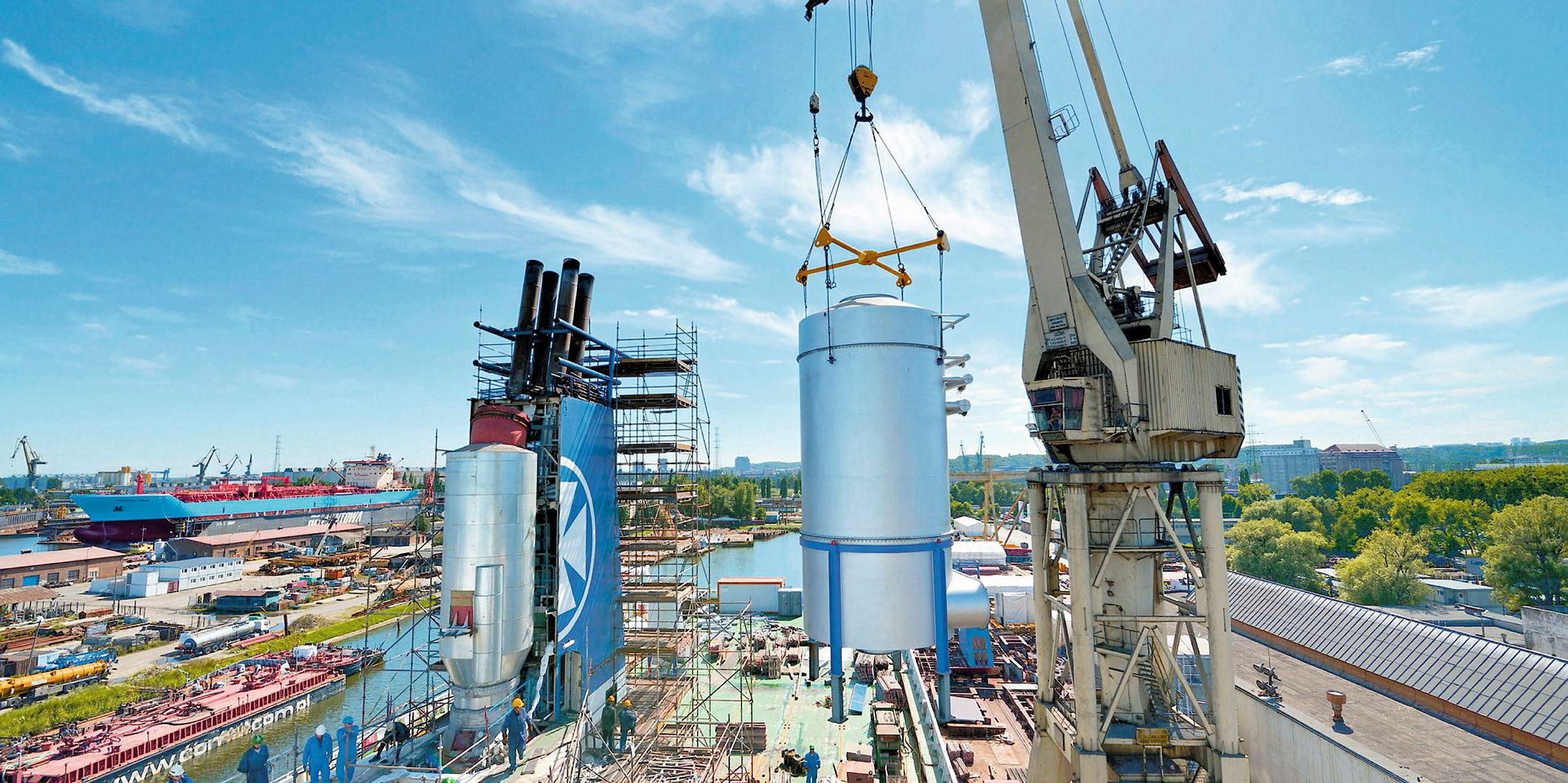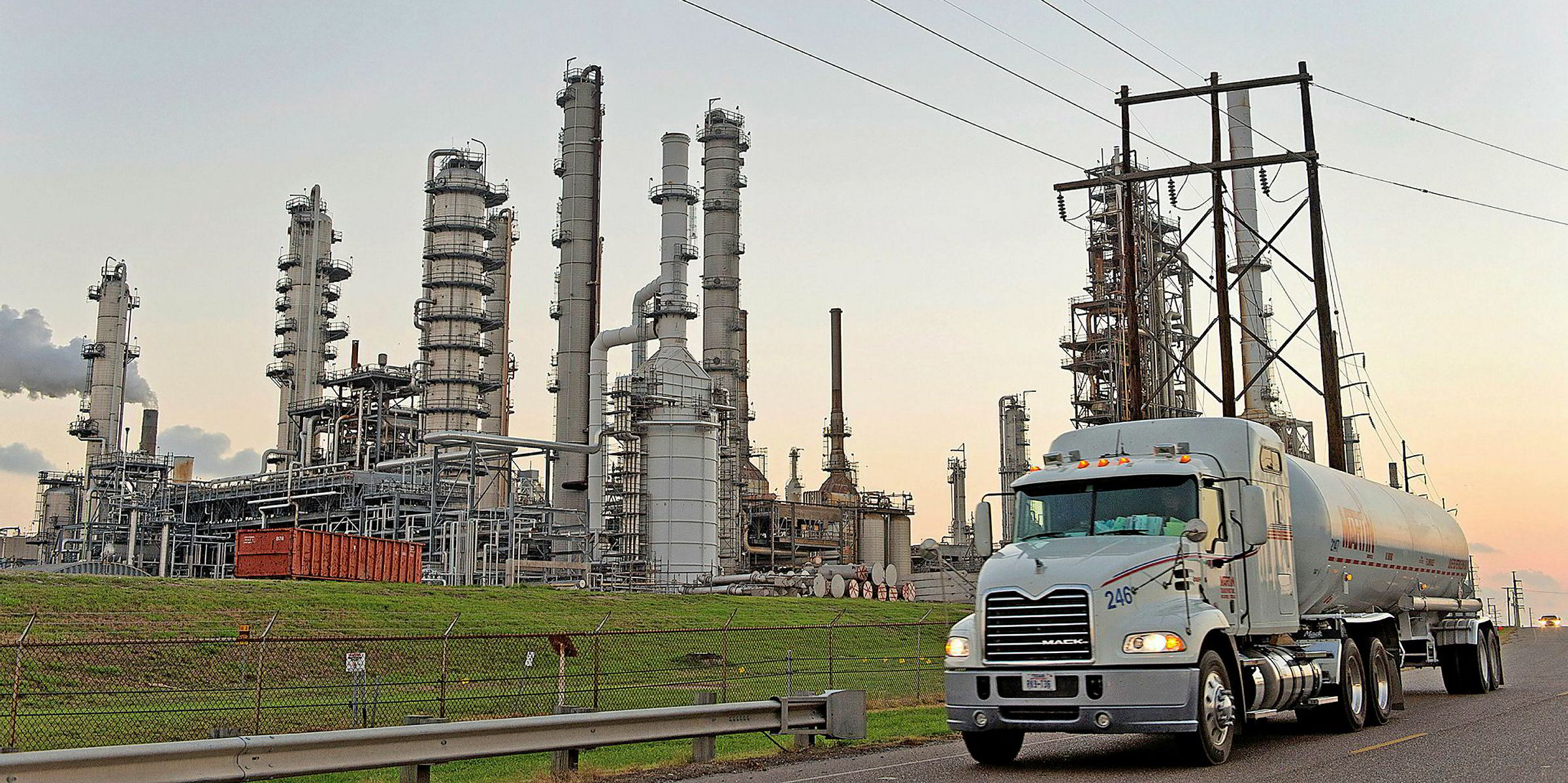With less than six months to go before IMO 2020 kicks in, investors seem uninterested in scrubbers.
Analysis by TradeWinds reveals most New York-traded names that adopted exhaust gas cleaning systems to meet the incoming emissions cap saw their share prices fall after announcing their intentions.
But that trend has nothing to do with whether or not a company has decided to spend millions of dollars on fitting all or part of its fleet with scrubbers.
Performance follows sector trends — dry bulk stocks falling after the Vale dam disaster, for example, or tanker stocks shooting up as rates improve.
So, is it simply still too early to assess the value of those scrubber investments?
“The shipping community was focusing on IMO [2020] in 2018,” Deutsche Bank analyst Chris Snyder says. “The problem is the investors, to buy the stock in summer 2018 ... 18 months is a long time holding a shipping stock, waiting for a catalyst.”
Some up, some down
The most vociferous scrubber supporters make up the Clean Shipping Alliance 2020. Of its 38 members, nine are traded on New York stock markets.
Six of them are down since announcing they would use scrubbers to comply with the IMO’s 0.5% sulphur cap.
The deepest decline was Safe Bulkers. The Polys Hajioannou-led company’s shares fell from $2.59 on 11 September 2018, the day it announced its plans for 23 scrubber-equipped ships, to $1.42 last Monday.
Meanwhile, DHT Holdings, Torm and Frontline — all tanker companies and members of the alliance — were up.
Torm rose the most at 59.2%, jumping from $6.60 on 16 August 2018 when it announced its scrubber plans to $10.51.
Other non-members performed similarly. Scorpio Tankers was up more than 40% to $26.47 after trading at $18.90, when it said it would use scrubbers on 28 September 2018. Sister company Scorpio Bulkers has fallen from $7.16 to $4.29 over the same period.
Clean Shipping Alliance executive director Ian Adams says there is much to work out before investors see a difference between scrubber-outfitted companies and those who decided the solution was not for them.
“The rules haven’t come in yet, so it’s going to be difficult to see a difference at this stage,” he says. “There’s no advantage to having a scrubber at this point in time. My take on it would simply be that it’s too early to tell.”
An industry source on the pro-scrubber side of the debate agrees with Adams’ assessment, saying investors are not ascribing value to scrubbers just yet.
“We think investors will ascribe higher valuations when they see the cash flows supported in Q1 2020 results, and perhaps before,” the source says.
Figure out the economics
Snyder says shares for scrubber-equipped companies jumped immediately after the announcements, but cooled once ports started banning the open-loop version of the technology — moves the Clean Shipping Alliance have fought to roll back.
From there, outside factors took over.
Moving forward, Snyder says figuring out the price spread between high and low-sulphur fuel and chartering out scrubber-fixed ships should give investors an idea of how they should value scrubbers.
He says the spread would be influenced by Opec cuts, sanctions on Iran and strife in Venezuela. Those factors have pushed more, lighter West Texas Intermediate into the market — oil that is easier to refine into IMO 2020-compliant fuel. And charters for ships outfitted with scrubbers should be announced in the coming quarters.
“A lot of people have been burned by the space,” Snyder says. “It’s become a ‘show me’ story and we need to show the economics to the market.
"The way you do that is locking in time charters. That kind of justifies the economics.”





